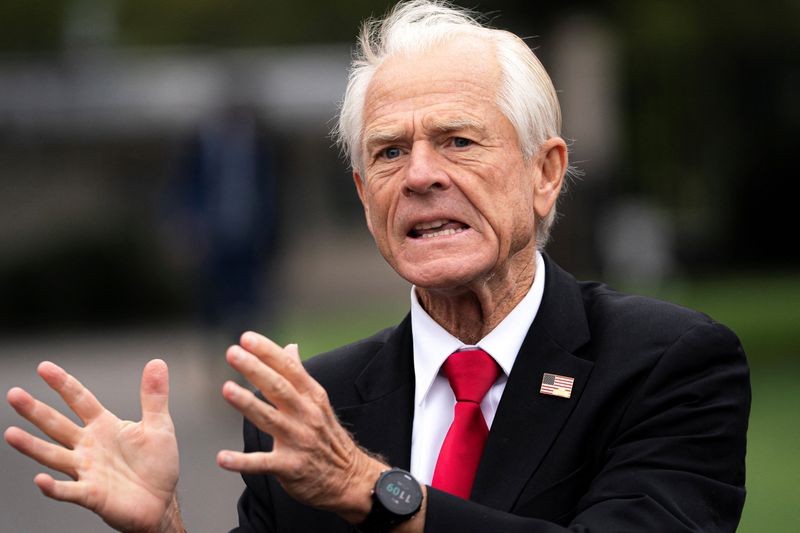
India has been labeled a “Maharaj” in tariffs by White House Trade Adviser Peter Navarro, who accused the country of running a “profiteering scheme” through its use of discounted Russian crude oil. This sharp critique comes amid growing tensions between New Delhi and Washington over trade and energy policies.
Navarro’s comments coincided with a statement from India’s External Affairs Minister, S. Jaishankar, who defended India’s energy ties with Russia. Jaishankar noted that the United States had previously encouraged India to help stabilize global energy markets by purchasing Russian oil.
US-India Relations Under Strain
The relationship between the United States and India has faced challenges recently, particularly after former President Donald Trump increased tariffs on Indian goods to 50 percent, including an additional 25 percent duty related to India’s procurement of Russian crude oil. Navarro highlighted that before Russia’s invasion of Ukraine in February 2022, India’s Russian oil purchases were negligible, accounting for only about one percent of its needs. This figure has since surged to 35 percent.
Navarro’s latest critique follows his recent op-ed in the Financial Times, where he criticized India’s energy strategy. He argued that India’s justification for importing Russian oil to meet its energy needs is flawed, accusing the Indian refining industry of profiteering by selling refined products at premium prices in Europe, Africa, and Asia.
Economic and Political Implications
Navarro expressed concerns over the impact of US-India trade relations on American workers and businesses. He stated,
“What is the net impact on Americans because of our trade with India? They are Maharaj in tariff. (We have) higher non-tariff barriers, massive trade deficit etc — and that hurts American workers and American business.”
He further criticized India’s use of funds from oil sales to purchase Russian oil, suggesting that this indirectly supports Russia’s military activities in Ukraine. Navarro remarked,
“The Russians use the money to build arms and kill Ukrainians and Americans tax-payers have to provide more aid and military hardware to Ukrainians. That’s insane.”
India’s Defense and Market Dynamics
Despite the US imposing an additional 25 percent tariff on India for its energy ties with Russia, similar measures have not been taken against China, the largest importer of Russian crude oil. In response, India has defended its actions, asserting that its energy procurement is guided by national interest and market conditions.
India began purchasing discounted Russian oil after Western countries imposed sanctions on Moscow following its invasion of Ukraine in February 2022. Consequently, Russia’s share of India’s total oil imports grew from 1.7 percent in 2019-20 to 35.1 percent in 2024-25, making it India’s largest oil supplier.
Broader Context and Historical Parallels
The current tensions echo historical trade disputes between the two nations, often centered around tariffs and market access. The US has long criticized India’s protectionist policies, while India has pointed to its need for economic sovereignty and strategic partnerships.
Experts suggest that the ongoing trade tensions could have broader implications for global trade dynamics, particularly as countries navigate complex geopolitical landscapes. The situation underscores the delicate balance nations must strike between economic interests and diplomatic relations.
Looking Ahead
As the US and India continue to navigate their trade and energy relationship, the global community watches closely. The outcome of these tensions could influence not only bilateral relations but also the broader geopolitical and economic landscape.
Moving forward, both nations may need to engage in diplomatic dialogue to address these issues, ensuring that their strategic partnership remains robust amid evolving global challenges.






